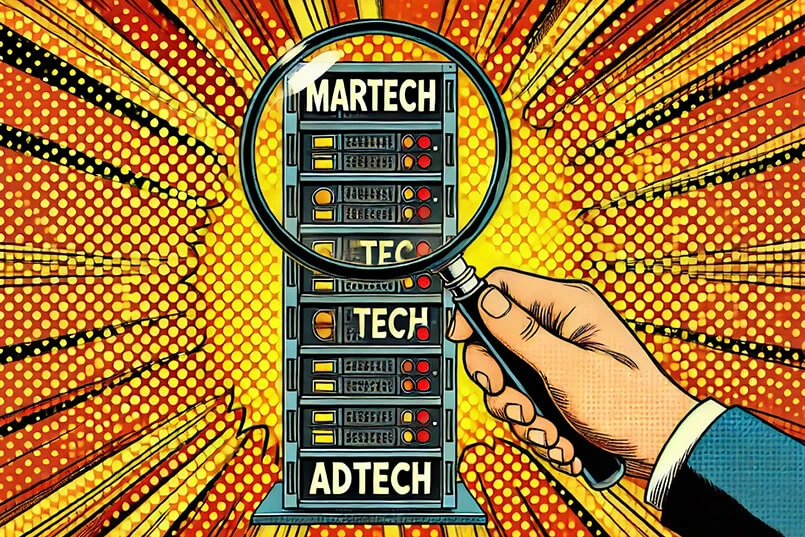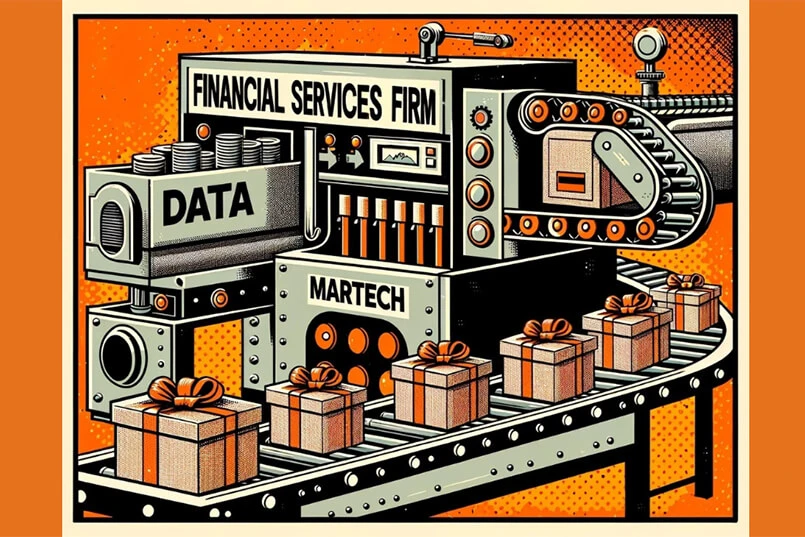Client Category – FMCG
Challenging problem:
TrinityP3 was approached by a global FMCG client to assess a new concept store, in South Korea.
The new flagship store is being targeted to students, those in their 20s and 30s, singles and couples, with the hope of reinvigorating the brand’s world and becoming a major social and entertainment experience in the city.
The client had commenced the store build, however the concept involved major digital technology, hardware, data integrations and content creation including:
- digital touch screens/signage/kiosks/walls/maps/self-service menus
- m-commerce and event/promotion App
- Point Of Sale (POS) integration and database builds
- Loyalty program and event messaging engine
- QR code and barcode image syncing
- beacon proximity technology and pre-ordering
- digital ‘smart’ juke box with admin console, user play reservation and push messaging notifications before song requests play
- 360 degree video
- smart phone controllable LED lights with internal camera syncing
- content micro site and library
- e-gifting
- re-marketing strategy
- and as you can imagine, major social media integrations.
The digital elements combined totaled almost USD$700,000.
The client wanted to confirm whether their digital agency was charging fair value given the 4-month project lead-time.
Creative Solution:
Given the project was underway, we applied our digital assessment solution to calculate all areas of the agency’s services from a resource, timing and hourly rate perspective.
This allowed us to identify how the agency was charging across each project (as well as the total project), how resources were being applied (down to a percentage FTE level) and whether the client was receiving fair value.
We also benchmarked the agency rates against our database of South Korean standard agency rates with Ad Cost Checker.
Process:
The digital assessment involved collating all background documentation from the agency including:
- The digital proposal
- The digital plans
- UI/UX documentation
- Individual quotations split by resource levels and time allocations for planning, project management, design, development, and QA / testing.
- Technical environment and back end integration requirements
Our team then assessed the costs against the proposed scope of work (SOW) and commitments.
Resulting in a $50,000 cost saving
After extensive assessment and multiple conversations with the agency teams, it was established that individual project timelines had not been created at the commencement of the project. And that costs were only split out into individual projects upon request from the client.
The agency, upon TrinityP3’s request, then developed specific timelines and provided resource splits for all areas of the project.
There were also no projected traffic flow numbers, app download, or usage rates to measure project return on investment. The agency indicated that this was the client’s requirement to determine. Alarm bells were ringing.
Our assessment was conducted over a 3-week period, with a detailed findings document provided to the client.
Our report highlighted major concerns with over-investment in key areas of the project, some up to 45% over benchmark. For example one area highlighted that 6 planners were being allocated across all project elements totaling 191 days.
Once identified, the client was armed with our assessment, and negotiated directly with the agency. They achieved a 7% cost saving amounting to approximately USD$50,000.
5:1 ROI
The savings were 5-times the cost of our service. Representing great value for the marketer, and most importantly, helping to foster a more open and transparent relationship with their digital agency.
Lessons:
There are two key lessons that should be taken out of this exercise:
- Firstly you should calculate digital project cost centres down to a daily level. This will allow you to calculate an overall full time employee (FTE) percentage for the cost centre and understand whether they’re realistic or not for the relevant portion of the project timeline that they are being used.
- Secondly, we have the important question of when to engage TrinityP3. While there was a successful outcome to this project, had TrinityP3 been involved, either during the scoping and/or the examination of the agency’s estimates, savings of about USD$140,000 could have been achieved.
If you would like TrinityP3 to make sense of the new digital ecosystem for you. Read more about our Digital and Data services here




